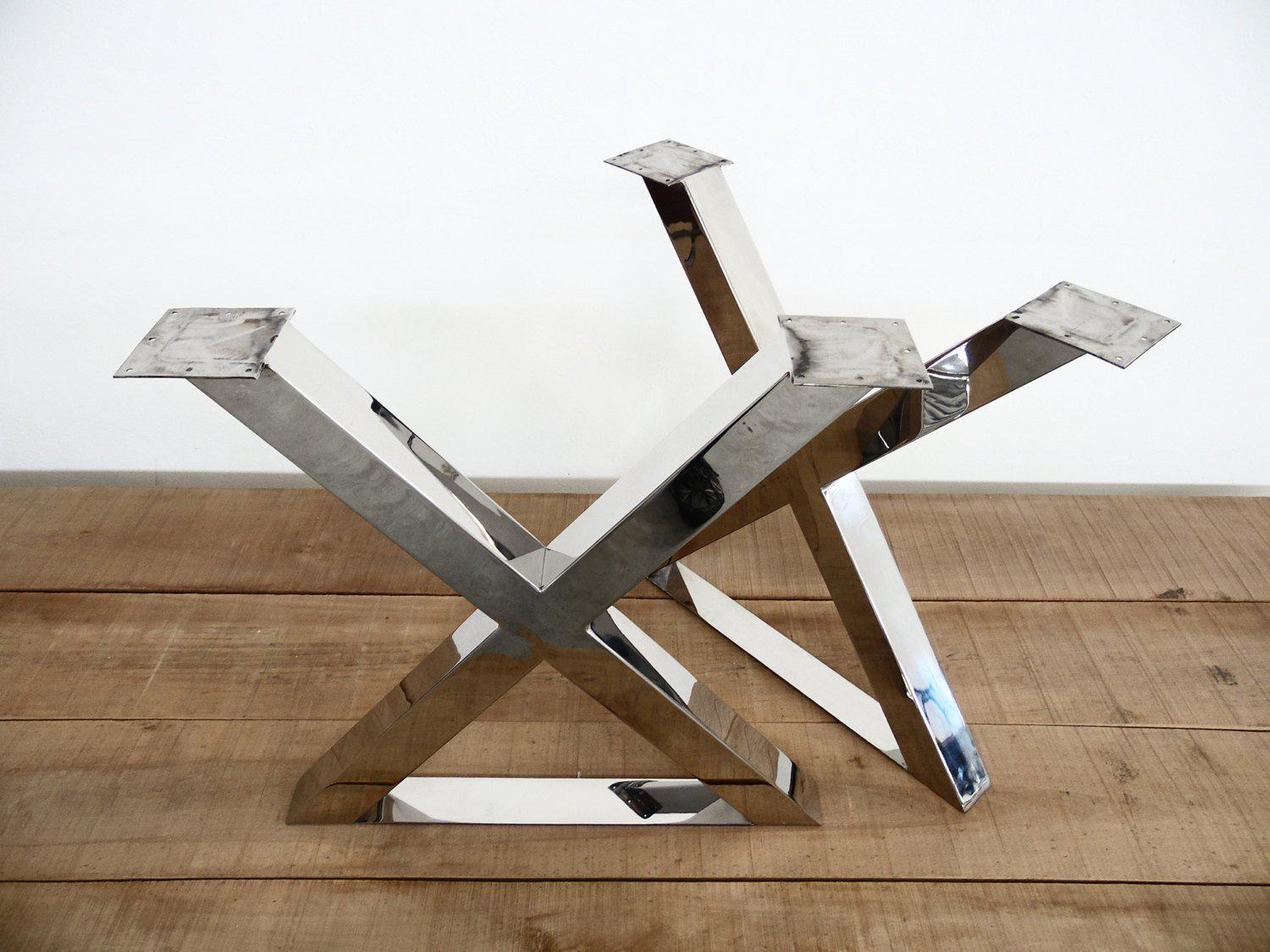Professional Tips for Installing Eating Space Table Legs for Maximum Security
When it concerns mounting dining space table legs, attaining maximum stability is vital for both functionality and aesthetic appeals. The process begins with picking the best products and equipment, complied with by thorough placement and consideration of weight distribution. Each action plays a critical role in ensuring that the completed product withstands daily use without endangering security or layout integrity. Understanding the subtleties of these elements can considerably affect the general end result. What specific methods can enhance security even further?
Choose the Right Legs
When picking the appropriate legs for your dining space table, it is necessary to think about both capability and looks. The legs you select will dramatically influence the total design and stability of the table. First, examine the table's planned usage; if you anticipate regular events, tougher legs, such as those made from solid wood or metal, might be preferable, as they offer boosted toughness and support.
Standard dining tables normally range from 28 to 30 inches in height, so ensure the legs line up with this criterion for convenience. Tapered legs can include a contemporary touch, while turned legs might communicate an extra traditional aesthetic.

Select Appropriate Equipment
How can the right equipment boost the security and longevity of your dining-room table? The choice of suitable equipment is crucial to ensuring that the legs of your table are firmly attached and able to stand up to routine usage. High-grade screws, bolts, and brackets offer the required toughness to support the weight of the table, as well as any kind of extra lots placed upon it throughout dishes or celebrations.
When selecting screws, opt for those made from resilient products such as stainless-steel or brass, which resist deterioration and maintain stability over time. The length of the screws is similarly vital; they should permeate deeply right into the table's structure without compromising stability. For bolted links, take into consideration utilizing lock washers to avoid loosening as a result of resonance or motion.
Additionally, utilizing corner brackets can add additional support, especially for bigger tables or those with heavier tops. These braces disperse weight uniformly and assist preserve the table's shape. Guaranteeing that the equipment you choose is suitable for the particular products of your table will additionally enhance its general stability and durability, enabling you to appreciate your eating experience for several years to come.
Ensure Proper Placement
Correct positioning of eating space table legs is important for both visual allure and functional stability. To achieve optimum placement, begin by gauging the range from the table's corners to the leg attachment points.
Use a degree during installation to validate that each leg is vertical to the table top. This step is critical, as even small inconsistencies can intensify into considerable stability issues with time. It is a good idea to note the preferred leg positions on the bottom of the table with a pencil or covering up tape prior to protecting them. This method functions as a visual guide, enabling changes as required. click here for info
Moreover, verify the placement after the initial screws are tightened, as modifications might be required before totally securing the equipment. By focusing on proper placement, you not just boost the table's general style but likewise make certain that it remains practical and stable for many years to find.

Take Into Consideration Weight Circulation
After making sure correct alignment of the dining-room table legs, it's vital to take into consideration weight circulation to improve stability and capability. dining room table legs. Proper weight distribution is vital in stopping guaranteeing and tottering that the table can support its desired lots without danger of tipping or collapsing
When placing the legs, ensure they are positioned at equal ranges from the center of the table to evenly disperse the weight throughout the framework. Consider the weight of the tabletop and any items that will often hinge on it, such as ornamental pieces or tabletop home appliances. Tables with larger surface areas ought to preferably have legs positioned closer to the edges, as this makes the most of the base of assistance and reduces the risk of instability.
Furthermore, if the table is meant for use in a high-traffic area, take into consideration using heavier products for the legs or adding supporting elements, such as cross-bracing or a reduced shelf - dining room table legs. These changes can aid maintain equilibrium and stop changing throughout use. Inevitably, a well-considered weight circulation approach will significantly improve the table's overall efficiency, ensuring it stays a practical and attractive focal point for your dining space
Examination Security Prior To Use
Examining the security of the eating room table before usage is an article source important step that must not be ignored. If the table shows instability, identify the legs or joints that may call for change.
Next, examine that all bolts and screws are tightened up properly. Loosened connections can result in instability and potential damages gradually. If needed, make use of timber glue on joints to improve security, guaranteeing to permit ample drying out time.

Verdict
To conclude, the setup of eating space table legs requires careful consideration of products, weight, placement, and equipment distribution to attain optimum stability. By picking high-grade fasteners and sturdy legs, ensuring precise placement, and distributing weight evenly, the architectural honesty of the table can be considerably boosted. Carrying out a stability test prior to regular click use additionally guarantees that the table will hold up against daily pressures, thereby offering a safe and reputable dining experience.
When it comes to installing eating area table legs, achieving optimum stability is extremely important for both capability and aesthetic appeals. The legs you choose will substantially influence the overall style and security of the table (dining room table legs). Conventional eating tables normally vary from 28 to 30 inches in height, so guarantee the legs line up with this criterion for comfort.Correct alignment of dining space table legs is important for both aesthetic allure and functional stability.In conclusion, the installation of eating space table legs requires cautious factor to consider of materials, weight, hardware, and positioning distribution to accomplish optimum stability
Comments on “The Top Trends in Dining Room Table Legs You Need to Know”